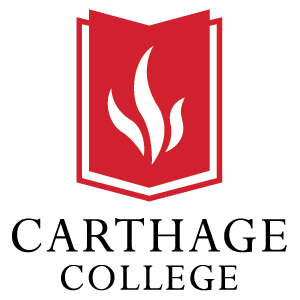Below is a summary of the abstract you submitted. Presenting author(s) is shown in bold.
If any changes need to be made, you can modify the abstract or change the authors.
You can also download a .docx version of this abstract.
If there are any problems, please email Dan at dar78@pitt.edu and he'll take care of them!
This abstract was last modified on April 30, 2019 at 3:26 p.m..

During the Fall semester at Carthage College, 58 bacteriophages were isolated using Microbacterium foliorum as a host. These phages were purified and characterized, and three of the phages were chosen for DNA sequencing and annotation (Den3, Velene and Mashley). All three annotated phages are lytic and lack an integrase gene. In addition, these phages have siphoviridae morphology with long, flexible, non-contractile tails. After sequencing and annotation, Den3 and Velene were found to belong to cluster EA1 and are very similar to each other. Mashley belongs to cluster EG and has several orphams. Mashley is most closely related to phage Hyperion though the EG cluster is quite diverse, and Mashley appears to contain unique sections. Further analysis of these phages spans topics from doing whole genome comparisons to focusing on specific genes of interest to determine phylogeny and analyzing regions of interest such as repeated DNA sequences. There is relatively little data available thus far on Microbacterium phages; therefore, our research will boost our understanding of Microbacterium phages, especially those in clusters EA1 and EG.

